Shop sim racing equipment
[adinserter name=”Moza Racing”]
[adinserter name=”Fanatec”]
[adinserter name=”Sim-Lab”]
[adinserter name=”GT Omega”]
iRacing’s latest 2025 Season 3 Update brought new content to the sim in the form of the Ferrari 296 Challenge, Gen 4 NASCAR stock cars and The Bend Motorsport Park.
However, perhaps the most important addition was the rollout of a complete revamp of iRacing’s GT3 category, a project that was apparently six months in the making. The changes range from a new tyre model to completely overhauled aerodynamics, with a new Balance of Performance calculation allowing iRacing’s GT3s to race in harmony. That’s the theory, at least.
Below, we’ll examine the reasons why the sim has made a concerted effort to improve its GT3s and if the end result has made a positive difference. If you want to skip to the verdict, scroll down to the ‘iRacing’s GT3s: Track test’ section.
Competition
The reasons for iRacing’s GT3 overhaul are three-fold. Firstly, the sim has aimed for constant improvement, iterating on its tyre model, physics, graphics and sounds regularly. It’s also introduced dynamic weather, an advanced track debris system and a genre-leading damage model in recent times.
The tyre physics model introduced for its GT3 cars was previously released for iRacing’s GTP class, indicating a focus on more popular and potentially lucrative sportscars, fuelled by the resurgence of the World Endurance Championship and IMSA
Motorsport Games’ Le Mans Ultimate also taps into this rich vein of endurance racing goodness, (it’s the official game of WEC, after all), and this is perhaps another reason for iRacing’s GTP and GT3 focus of late. LMU has become the favoured GT3 racing simulator among the community recently, surpassing Assetto Corsa Competizione in terms of player numbers, while also boasting a superb driving experience.
LMU’s Hypercars have also been praised for their physics and advanced hybrid simulation, something iRacing certainly lacks. The subscription-based service is acutely aware of the issues and has been working on addressing its recalcitrant hybrid model since a community backlash over its LMH Ferrari 499P release.
Left behind
In a sense, then, iRacing doesn’t want to be left behind by LMU in the GT3 (and Hypercar/GTP) racing stakes, as MSG’s future appears to have been secured following investment by Pimax.
However, and perhaps more pertinently, iRacing’s GT3 cars desperately needed to be updated, especially in the face of competition from LMU’s new LMGT3 cars. To get the best out of iRacing’s GT3 cars, drivers had to minimise tyre temperatures, which required an unusual driving style.
Ultra-smooth inputs were required to optimise laptime and stint-wide grip, with heat spikes, caused by a half-spin, for example, destroying tyre potential across a stint. It was in stark contrast to real-world GT3 racing, where drivers visibly push their cars to the limit on every lap with little performance drop-off.
The question is, has iRacing finally addressed its GT3 issues with its new update?
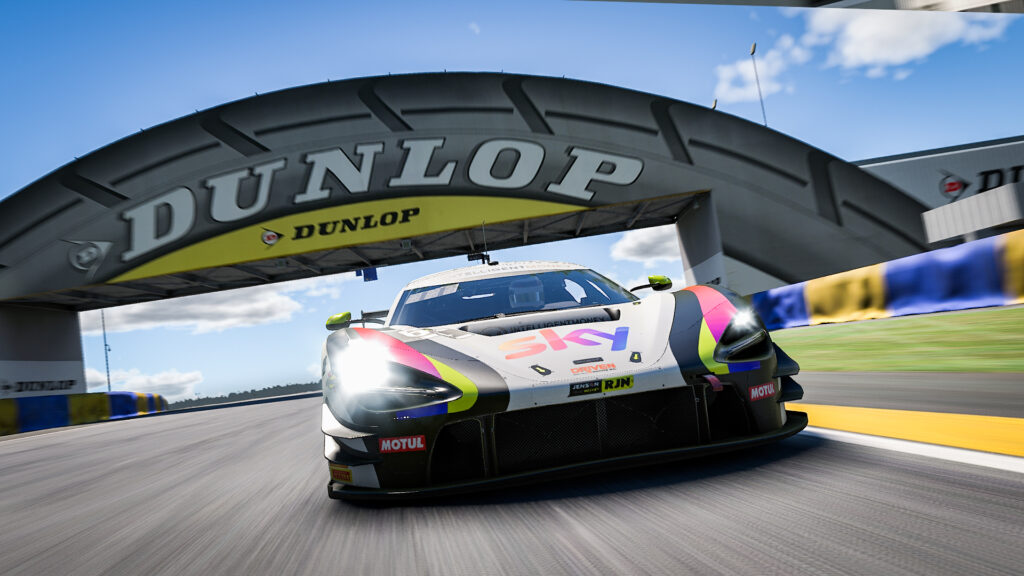
iRacing’s GT3s: What’s changed?
iRacing has stated it has overhauled the wet and dry tyre models for GT3 cars, employing real-world drivers to offer feedback.
All the GT3 cars (presumably barring Legacy models) have had their aero performance evaluated using computational fluid dynamics, with roll sensitivity and ride height changes more accurately affecting a car’s aero balance.
Tyres are supposedly less susceptible to sliding, with the aforementioned heat spiking becoming less prevalent. That drop-off in performance is said not to happen after heat spikes, with the rubber possessing stiffer lateral spring rates and softer vertical rates to mitigate tyre slip.
Drivers will also notice that from pitlane, GT3 tyre temperatures are lower, and take a couple of laps to properly come into their operating pressure and temperature windows, with optimal laptimes coming after around five or six laps.
iRacing hopes that by combining these changes, its GT3 cars will be both easier to drive on the limit and easier to catch when the limit is breached. But does this translate to the track?
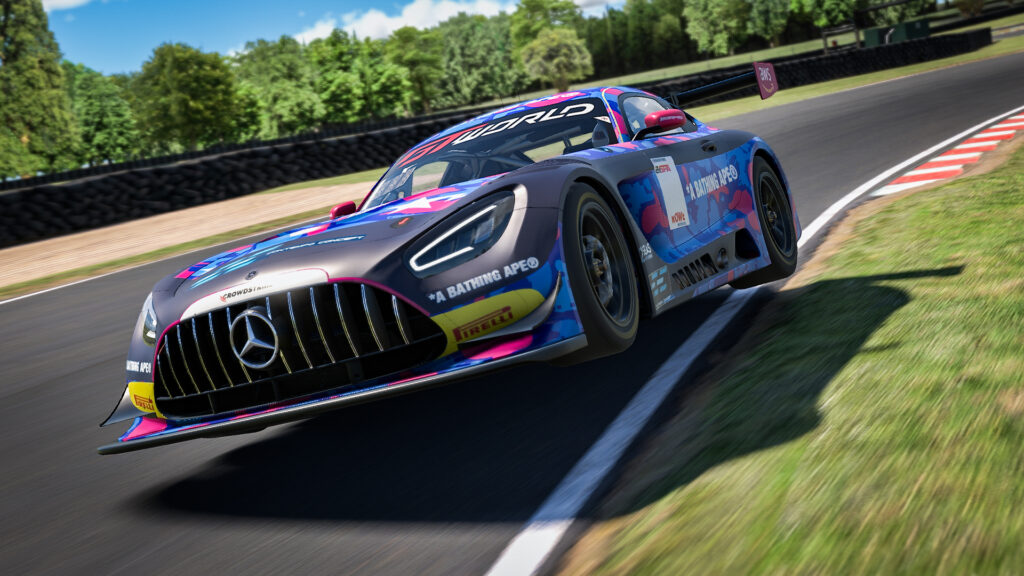
iRacing’s GT3s: Track test
Seeing as it’s the 24 Hours of Le Mans this week, I thought I’d boot up the Circuit de la Sarthe for my first GT3 track test. Although much of its 8.467-miles consists of straights, there are a few high-speed corners and direction changes required – a solid test of the category’s revisions.
Previously, I’d always struggled with the knife-edge handling of iRacing’s GT3s. High-speed corners were a lottery; I’d drive into the same corner multiple times, braking at the same point, turning in at the same point, and the car would randomly break traction, causing a spin and overheating the tyres. Once this happened, it was like a tea tray had been placed under the rear wheels, making the car even trickier to drive afterwards.
GT3 behaviour was unpredictable, especially compared to other sims like rFactor 2, LMU, RaceRoom, Assetto Corsa and ACC, and trying to save a car on the brink of spinning was tricky.
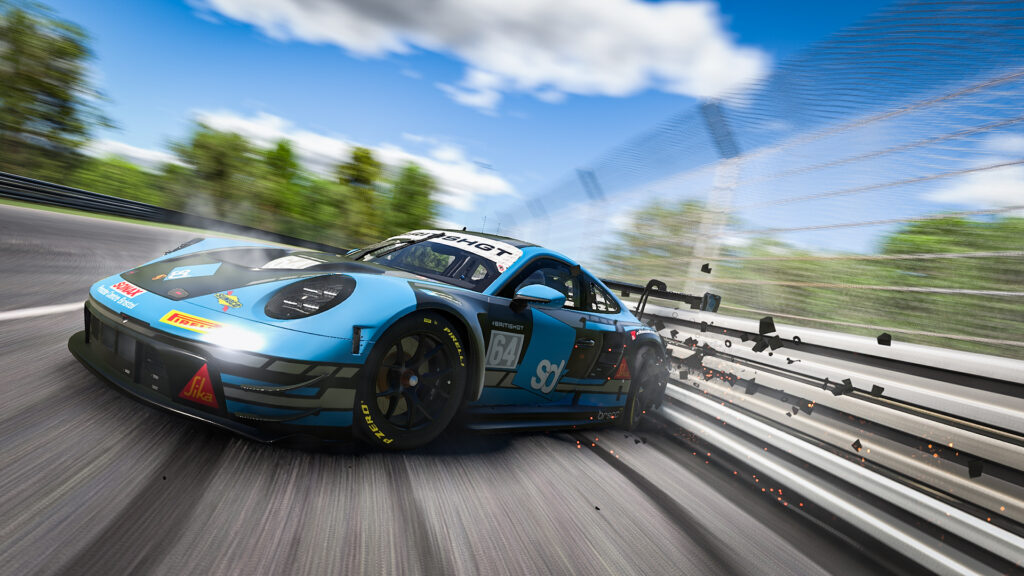
Firing up the Ford Mustang GT3 in the Le Mans pitlane, I was hoping for a much-improved experience, but was also keenly aware that iRacing has promised GT3 tyre model improvements on many occasions in the past.
Initially, the Mustang takes a couple of laps to bring its tyres up to temperature and pressure, but I could already sense much improved traction. My first flying lap was confidence-inspiring; I seriously wondered if I preferred iRacing’s GT3s to LMU’s.
Then I entered the Porsche Curves at medium pace. I felt the rear-end slip, and that old familiar knife-edge feeling sadly arrived. Further running confirmed this wasn’t a one-off, but the tyres did at least return to their previous levels of grip after spins, proving that iRacing’s new update has produced more robust GT3 rubber.
I hopped into the McLaren 720S GT3 Evo to see if the issue was category-wide, and it was nothing short of a sensation.
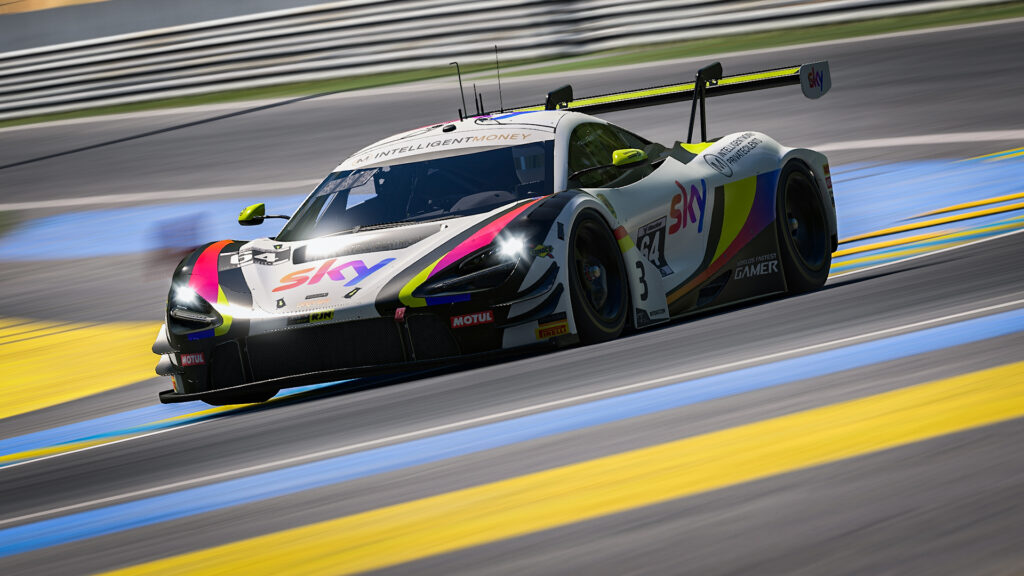
Macca
Where the Mustang spun out under heavy aero loads, the McLaren craved even more speed and remained unperturbed. The 720S Evo had excellent traction like the Ford, but surpassed its abilities thanks to the addition of high-speed stability and grip.
I became slightly addicted to the McLaren, with its mid-engined layout inspiring confidence as I trail-braked into the Mulsanne chicanes, hitting 3:58 laptimes with the default set-up (I added one click of rear-wing only for extra confidence through the final sector).
I couldn’t quite believe I was driving GT3s in iRacing and actively enjoying them, especially as I had earlier spent several hours testing out LMU’s 2024 Pack 5 Update and its two new LMGT3 cars.
Next up was the Porsche 911 GT3R (992), and it was a similar tale, although adding one click of rear wing was definitely required to help its high-speed stability. The BMW M4 GT3 was up next, and it was fantastic straight out of the box, inviting me to push its limits as soon as the tyre pressures increased. Four different GT3 cars and only one felt like it retained a portion of the category’s ‘old’ characteristics (and with a bit of set-up work, could probably be improved).
This caught my attention.
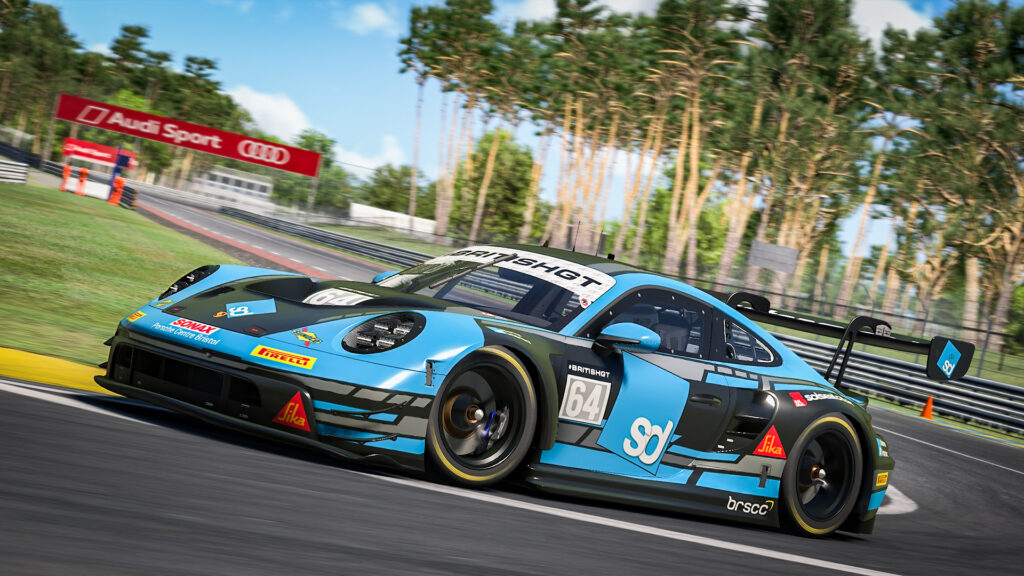
The Knockhill of Cheshire
To be sure the GT3 changes didn’t just excel at Le Mans, I tested them around Oulton Park, a bumpy, kerb-filled test of any racecar.
Sure enough, I was able to push the cars to the limit straight away and never experienced any high-speed spins or random losses of grip – the latest update has transformed the way iRacing’s GT3 cars drive for me. If I did something silly, and the car got out of shape, I could actually save it, too. Wonderful.
However, one aspect of the sim’s handling model became more apparent, and it’s how the cars behave in slow corners. For me, this is where LMU replicates GT3 cars better, as you can feel the car ‘bite’ into first and second gear corners.
In iRacing, it often feels like the GT3 tyres reach their lateral grip peak too quickly, before sliding along the track surface. This understeer was never apparent in terms of force feedback through the steering wheel (I’m using a Simagic Alpha EVO Pro currently, which generally feels tremendous with iRacing), being mostly noticeable through Hislop’s chicane and into Knickerbrook.
So, although the GT3s feel infinitely better in medium-to-high-speed corners, at slower speeds they still lack a little finesse.
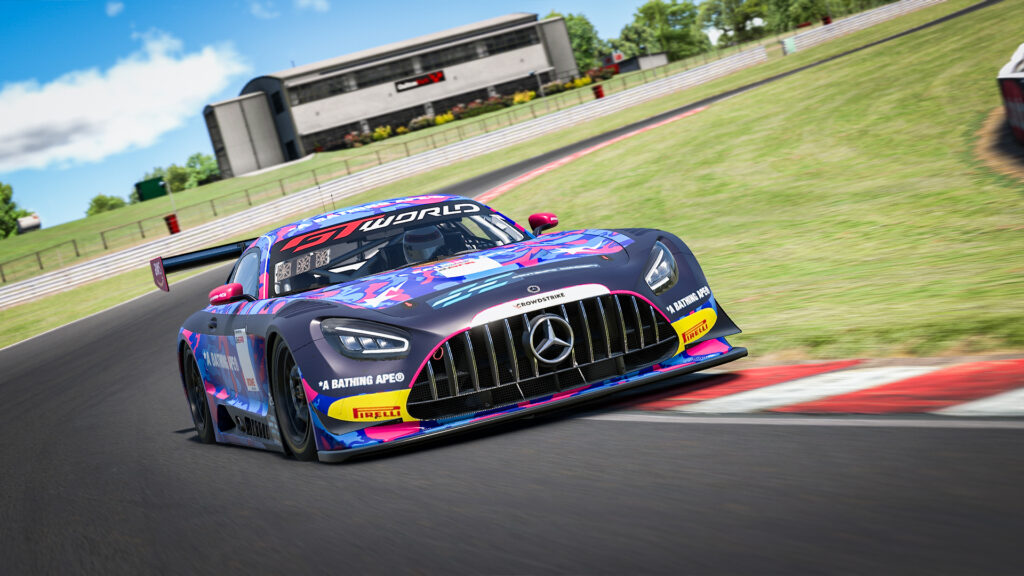
A step forward (no, really)
So, after a few false starts over the years, iRacing has finally made a genuine step forward with its GT3 car handling model. I’ve gone from disillusionment to enlightenment after this update, and can genuinely see myself driving iRacing’s GT3 cars for fun in future.
For me, there’s no more knife-edge spins and no more hesitancy when driving at the limit; I can attack a track as aggressively as I can in LMU, ACC, et al.
It’s progress for sure, but it makes me wonder why it’s taken several years to get to this point.
The real test of the ‘new’ GT3s will be when I delve into detailed set-up creation: how well will GT3s react to rake, wing and suspension changes, for example?
That’s for another time, but I’m looking forward to driving iRacing’s GT3s more to find out – and I’ve never said that before.
What do you make of iRacing’s GT3 overhaul? Let us know in the comments below.





Chat with the Community
Sign Up To CommentIt's completely Free